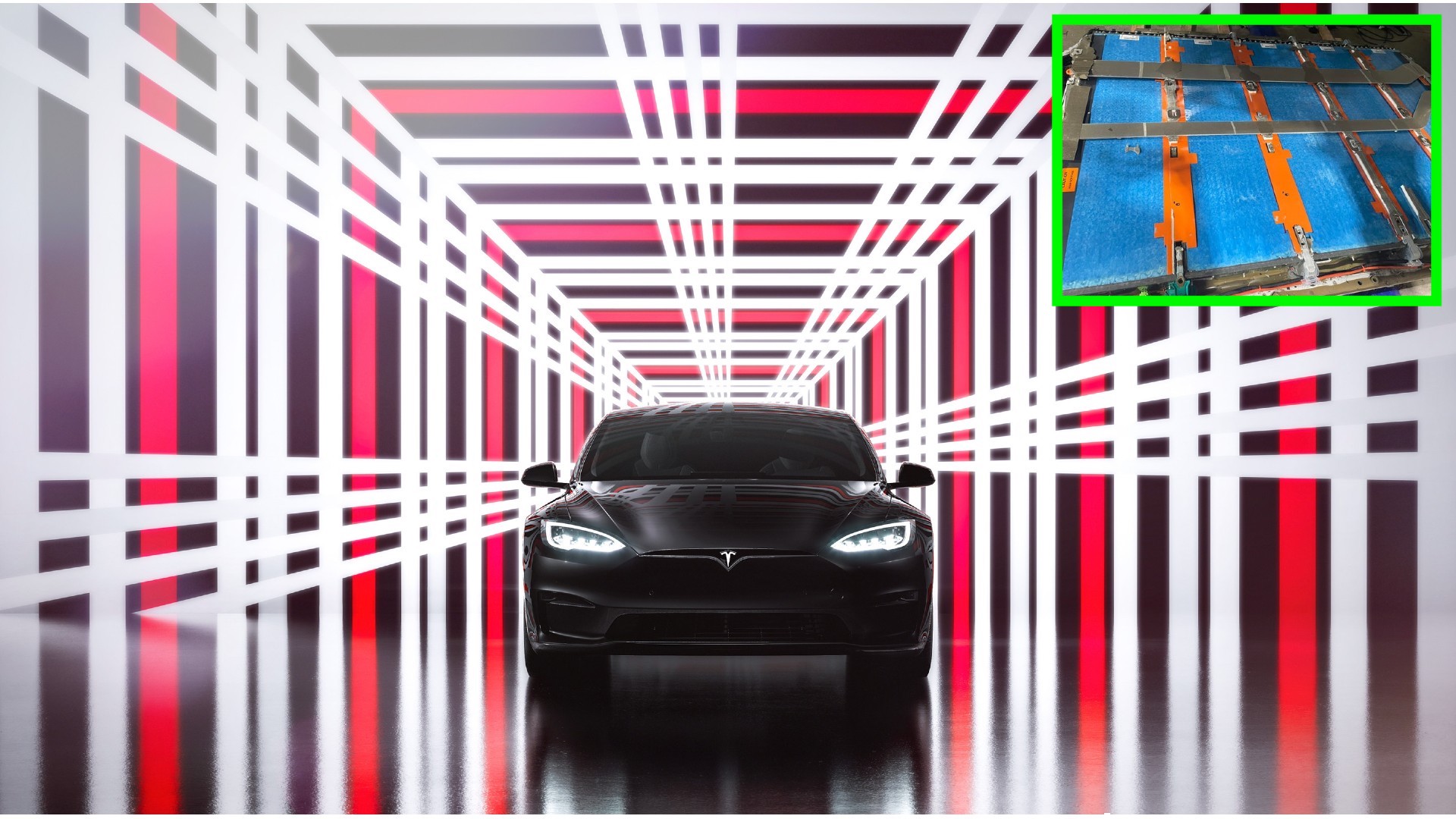Based on past experience with somewhat comparable products, the mix is already super fine grain and homogeneous. However, with the dry electrode process, the mix may still clump afterward, and this could get worse under pressure, like corn starch and minimal water.I wonder if they could add an additional step to mill some of the larger particles down to a smaller size before the process starts?
It may also be possible to make harder rollers that are less likely to dent.
I'm sure they will solve this problem eventually, and perhaps they have already solved it.
They likely have a solution, tougher rollers, more roller stages, or ... Just need to get the updates equipment for that and the other 10% of the bottleneck processes.




